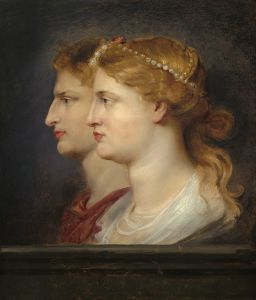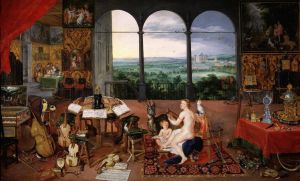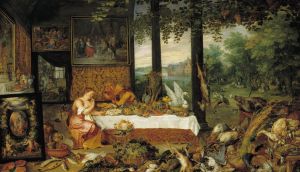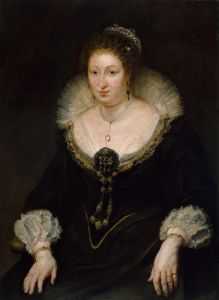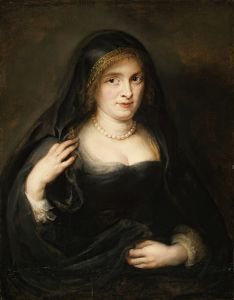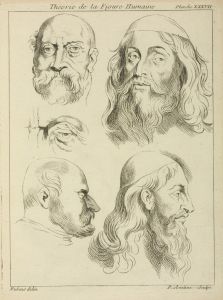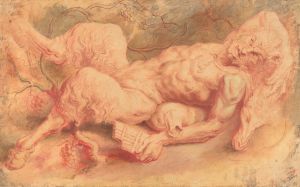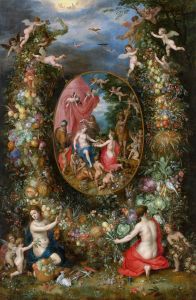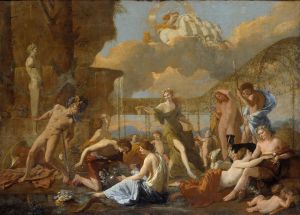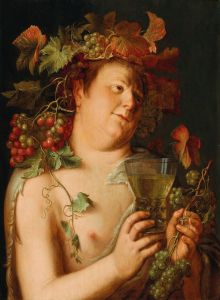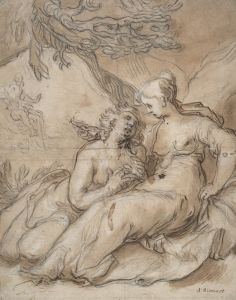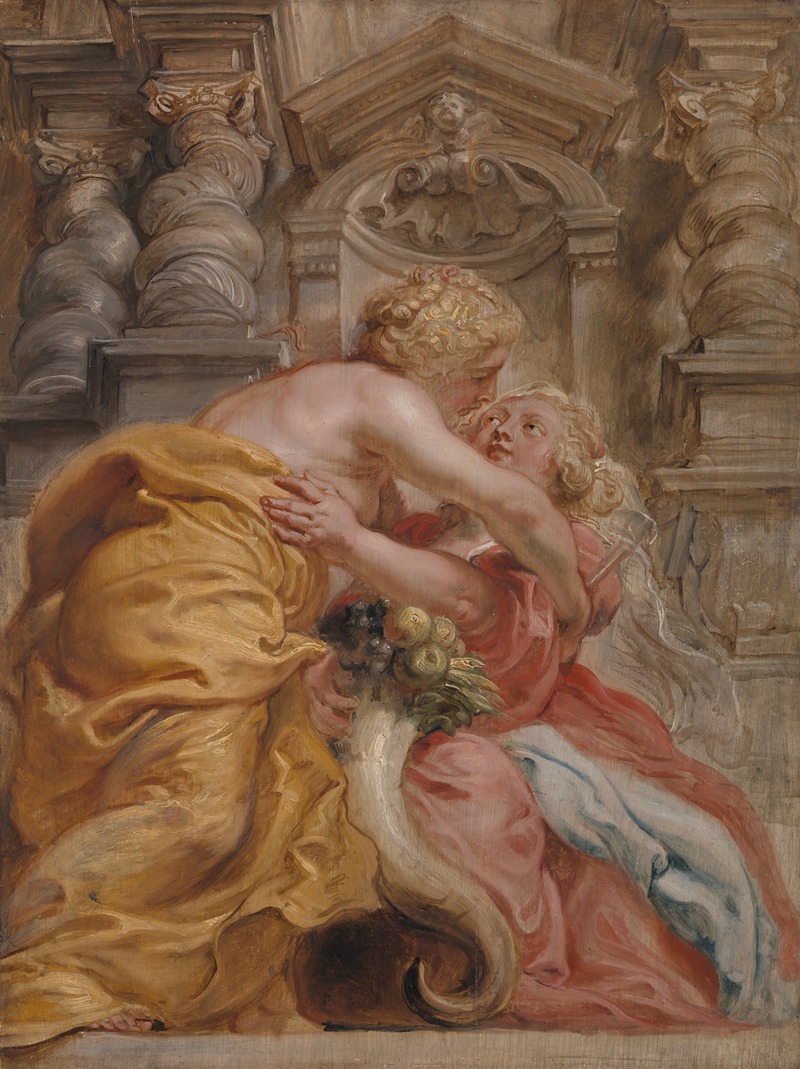
Peace Embracing Plenty
A hand-painted replica of Peter Paul Rubens’s masterpiece Peace Embracing Plenty, meticulously crafted by professional artists to capture the true essence of the original. Each piece is created with museum-quality canvas and rare mineral pigments, carefully painted by experienced artists with delicate brushstrokes and rich, layered colors to perfectly recreate the texture of the original artwork. Unlike machine-printed reproductions, this hand-painted version brings the painting to life, infused with the artist’s emotions and skill in every stroke. Whether for personal collection or home decoration, it instantly elevates the artistic atmosphere of any space.
Peter Paul Rubens' painting Peace Embracing Plenty is a notable work by the Flemish Baroque artist, created around 1630. The painting is an allegorical representation of peace and abundance, themes that were central to Rubens' work during this period. It was painted during a time when Rubens was not only an artist but also a diplomat, actively involved in negotiating peace between warring European powers.
The composition features personifications of Peace and Plenty, depicted as classical figures. Peace is shown as a serene and nurturing figure, embracing Plenty, who symbolizes prosperity and abundance. Plenty is often represented with attributes such as a cornucopia, a traditional symbol of wealth and nourishment. The figures are surrounded by other allegorical elements that reinforce the themes of harmony and prosperity. Rubens' use of vibrant colors, dynamic movement, and dramatic contrasts of light and shadow exemplifies his mastery of the Baroque style.
This painting reflects Rubens' personal and professional engagement with the idea of peace. During this period, he served as a diplomat for the Spanish Netherlands, working to negotiate peace between Spain and England. His diplomatic efforts influenced his artistic output, as he often used allegory to promote the ideals of reconciliation and harmony.
The work is believed to have been commissioned as part of Rubens' diplomatic activities, possibly as a gift to a political figure or as a decorative piece for a royal or noble residence. The exact details of its commission and early history, however, remain unclear. Today, Peace Embracing Plenty is housed in the Wallace Collection in London, where it is displayed as part of their extensive collection of European art.
Rubens' ability to combine his artistic skill with his political ideals makes Peace Embracing Plenty a significant example of how art can serve as a medium for conveying complex ideas and values. The painting continues to be celebrated for its rich symbolism, technical brilliance, and historical context.





